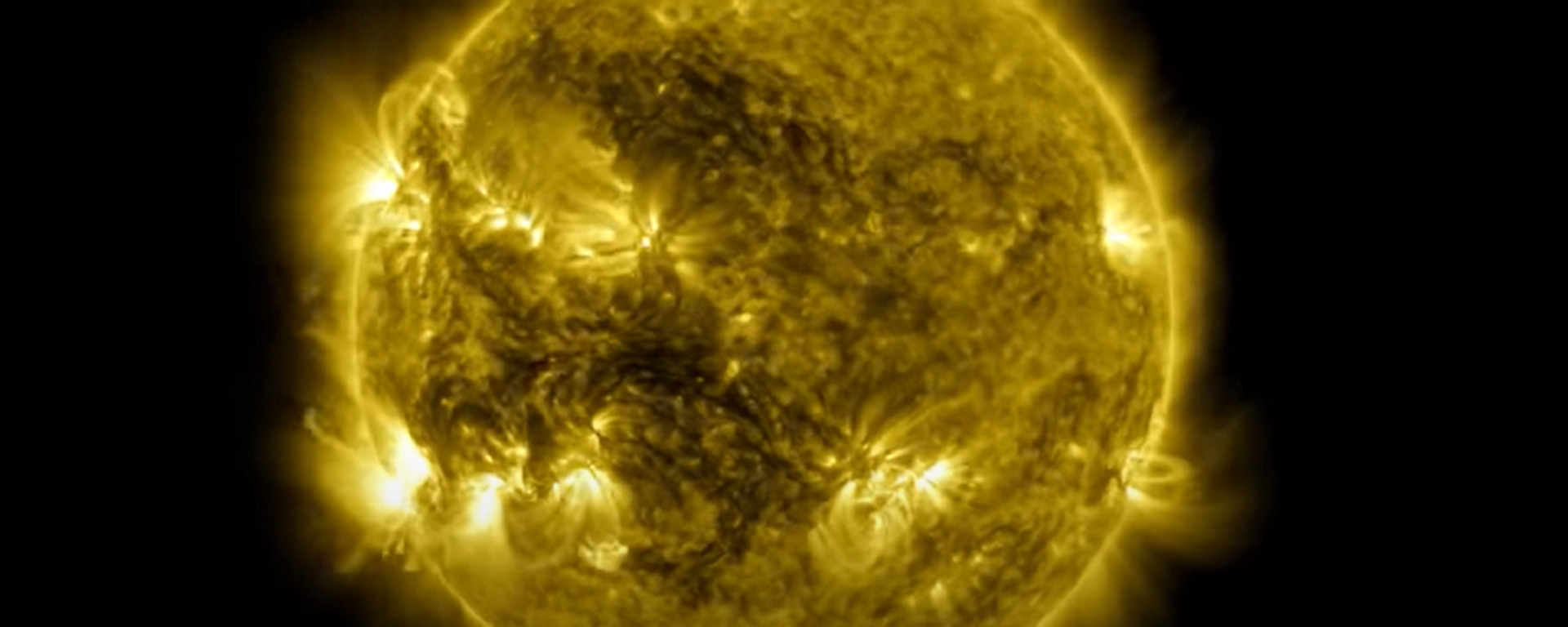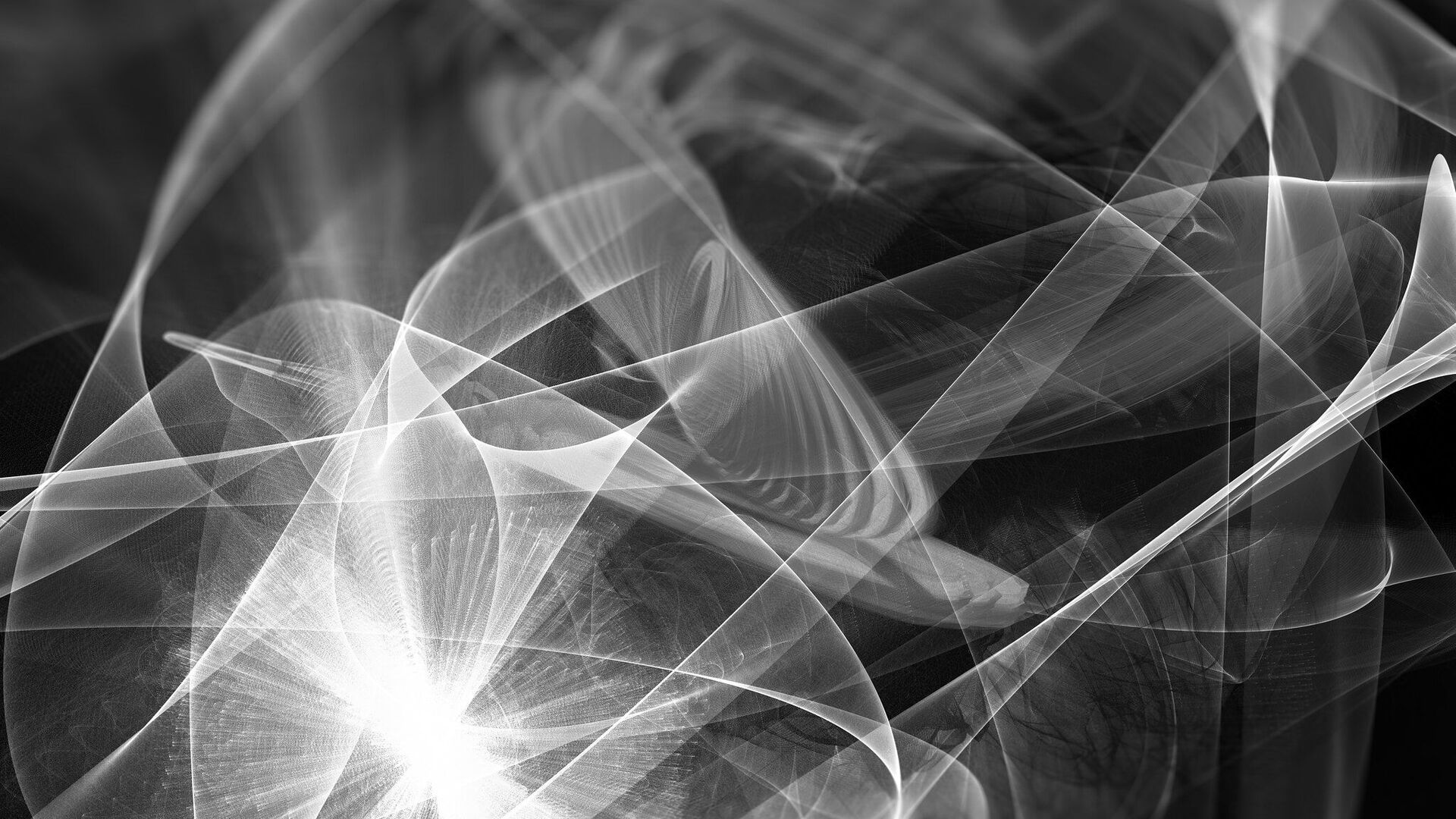https://sputnikglobe.com/20240303/neutrino-race-to-weigh-mysterious-particle-intensifies-1117103506.html
Neutrino: Race to Weigh Mysterious Particle Intensifies
Neutrino: Race to Weigh Mysterious Particle Intensifies
Sputnik International
Researchers are evaluating several experimental techniques to bolster the accuracy of laboratory determinations of the miniature mass of an ultralight particle.
2024-03-03T18:22+0000
2024-03-03T18:22+0000
2024-03-03T18:23+0000
beyond politics
science & tech
society
germany
italy
milan
massachusetts institute of technology (mit)
valencia
cern
https://cdn1.img.sputnikglobe.com/img/107819/15/1078191592_0:364:2048:1516_1920x0_80_0_0_a213b7e528c0d3a3fedddd6bbb35bfb7.jpg
Physicists are stepping up their efforts to gauge the weight of neutrinos, arguably the most puzzling of subatomic particles.Teams of researchers are evaluating several experimental techniques to bolster the accuracy of laboratory methods to determine the mass of the lightest particle in nature.Only one experiment has attempted to weigh the neutrino, using the giant airship-modeled Karlsruhe Tritium Neutrino (KATRIN) detector in Germany. However, scientists at other research centers are exploring different methods.Researchers gathered at an international workshop, NuMass 2024, in Genoa, Italy, to leverage existing and prospective neutrino mass experiments.Three teams reported small-scale tests demonstrating the feasibility of their technique, while another group is working on an approach that could offer greater efficacy, all hoping to compete with KATRIN.Scientists studying the expanse of cosmic structures assert that neutrinos are incredibly lightweight, possibly weighing just 0.12 electronvolts - four million times lighter than an electron. If that is accurate, the German detector would be unable to measure the neutrino's actual mass.KATRIN functions by studying how tritium, a heavy, radioactive isotope of hydrogen, undergoes radioactivity. Through this process, KATRIN seeks to determine the minimum energy carried by the neutrino by analyzing the full spectrum of energies of the emitted electrons, which are detected based on their stopping points within the Zeppelin-shaped structure.The Karlsruhe detector's best shot at finding the neutrino's mass is no more than 0.8 electron volts (eV), with an ideal sensitivity set at 0.2 eV.When researchers working with KATRIN share their final findings later this year, it will only confirm the mass if it falls between 0.2 and 0.8 eV. For the neutrino's mass to fall within the detectable range of KATRIN would require “exotic, non-trivial physics," Olga Mena, a theoretical physicist at the Institute of Particle Physics in Valencia, Spain, said in an interview with Nature. Physicist Loredana Gastaldo from the University of Heidelberg in Germany observed that the NuMass workshop came at a crucial juncture in the field, as some alternative methods have advanced sufficiently to transition into full-fledged experiments.One of such method is electron capture, initially proposed in 1981 by Alvaro de Rujula, a theoretical physicist at CERN. Despite initial attempts, the idea was left dormant until the late 1990s when Gastaldo and Nucciotti Agelo Enrico Lodovico, from the University of Milan Bicocca, revisited it, only to abandon it due to underfunding. Other initiatives like the Project 8 experiment, unveiled by physicist Juliana Stachurska from the Massachusetts Institute of Technology (MIT), alongside a potential approach named PTOLEMY, highlight the diversity of avenues explored in the field.
https://sputnikglobe.com/20201125/for-the-first-time-scientists-confirm-ghostly-neutrino-particles-are-produced-in-sun-1081275880.html
germany
italy
milan
Sputnik International
feedback@sputniknews.com
+74956456601
MIA „Rossiya Segodnya“
2024
Chimauchem Nwosu
https://cdn1.img.sputnikglobe.com/img/07e7/09/01/1113046371_0:99:1536:1635_100x100_80_0_0_9c5c627283eca931c39fe4852bbb301c.jpg
Chimauchem Nwosu
https://cdn1.img.sputnikglobe.com/img/07e7/09/01/1113046371_0:99:1536:1635_100x100_80_0_0_9c5c627283eca931c39fe4852bbb301c.jpg
News
en_EN
Sputnik International
feedback@sputniknews.com
+74956456601
MIA „Rossiya Segodnya“
Sputnik International
feedback@sputniknews.com
+74956456601
MIA „Rossiya Segodnya“
Chimauchem Nwosu
https://cdn1.img.sputnikglobe.com/img/07e7/09/01/1113046371_0:99:1536:1635_100x100_80_0_0_9c5c627283eca931c39fe4852bbb301c.jpg
neutrino mass measurement, neutrino experiments, katrin detector, numass workshop, tritium decay, electron capture method, project 8 experiment, ptolemy experiment, particle physics, cosmic structures.
neutrino mass measurement, neutrino experiments, katrin detector, numass workshop, tritium decay, electron capture method, project 8 experiment, ptolemy experiment, particle physics, cosmic structures.
Neutrino: Race to Weigh Mysterious Particle Intensifies
18:22 GMT 03.03.2024 (Updated: 18:23 GMT 03.03.2024) Scientists studying the expanse of cosmic structures assert that neutrinos are approximately four million times lighter than an electron.
Physicists are stepping up their efforts to gauge the weight of neutrinos, arguably the most puzzling of subatomic particles.
Teams of researchers are evaluating several experimental techniques to bolster the accuracy of laboratory methods to determine the mass of the lightest particle in nature.
Only one experiment has attempted to weigh the neutrino, using the giant airship-modeled Karlsruhe Tritium Neutrino (KATRIN) detector in Germany. However, scientists at other research centers are exploring different methods.
Researchers gathered at an international workshop, NuMass 2024, in Genoa, Italy, to leverage existing and prospective
neutrino mass experiments.
Three teams reported small-scale tests demonstrating the feasibility of their technique, while another group is working on an approach that could offer greater efficacy, all hoping to compete with KATRIN.
Scientists studying the expanse of cosmic structures assert that neutrinos are incredibly lightweight, possibly weighing just 0.12 electronvolts - four million times lighter than an electron. If that is accurate, the German detector would be unable to measure the neutrino's actual mass.
“We worry that KATRIN, even though it’s a great experiment, may not be able to determine the mass…We have to be prepared,” noted physicist Matteo Borghesi of the University of Milan-Bicocca in Italy, who shared his team’s advances on a different experimental approach during the workshop.
KATRIN functions by studying how
tritium, a heavy, radioactive isotope of hydrogen, undergoes radioactivity. Through this process, KATRIN seeks to determine the minimum energy carried by the neutrino by analyzing the full spectrum of energies of the emitted electrons, which are detected based on their stopping points within the Zeppelin-shaped structure.

25 November 2020, 20:59 GMT
The Karlsruhe detector's best shot at finding the neutrino's mass is no more than 0.8 electron volts (eV), with an ideal sensitivity set at 0.2 eV.
When researchers working with KATRIN share their final findings later this year, it will only confirm the mass if it falls between 0.2 and 0.8 eV. For the neutrino's mass to fall within the detectable range of KATRIN would require “exotic, non-trivial physics," Olga Mena, a theoretical physicist at the Institute of Particle Physics in Valencia, Spain, said in an interview with Nature.
Physicist Loredana Gastaldo from the University of Heidelberg in Germany observed that the NuMass workshop came at a crucial juncture in the field, as some alternative methods have advanced sufficiently to transition into full-fledged experiments.
One of such method is electron capture, initially proposed in 1981 by Alvaro de Rujula, a theoretical physicist at CERN. Despite initial attempts, the idea was left dormant until the late 1990s when Gastaldo and Nucciotti Agelo Enrico Lodovico, from the University of Milan Bicocca, revisited it, only to abandon it due to underfunding.
Other initiatives like the Project 8 experiment, unveiled by physicist Juliana Stachurska from the Massachusetts Institute of Technology (MIT), alongside a potential approach named PTOLEMY, highlight the diversity of avenues explored in the field.




